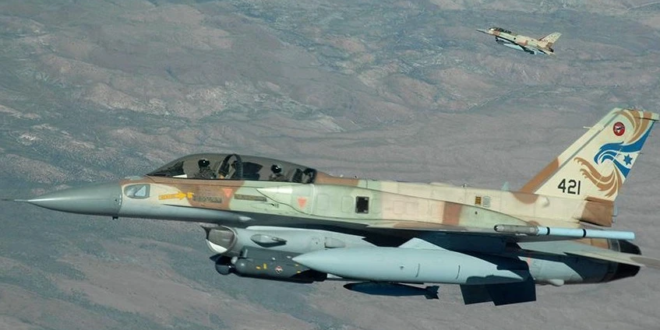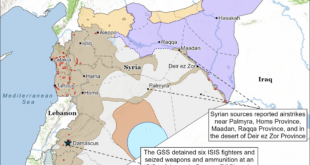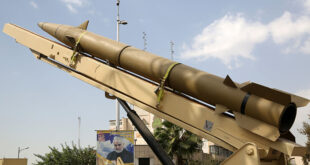Israeli officials described the move as a resource-saving measure, but the result was intensified bombing of Gaza by jets returning from unrelated missions
Israeli fighter pilots returning from air defense missions during the 12-day war with Iran were routinely authorized to unload their leftover munitions on the Gaza Strip, according to a 2 July report by Maariv.
The move, initially a pilot-led initiative to “assist” Israeli ground forces in Khan Yunis and northern Gaza, was quickly expanded by Air Force Commander Tomer Bar into a daily operational policy across all squadrons.
The report outlines how, during the operation, pilots assigned to intercept missiles and drones launched from Iran were equipped not only with air-to-air missiles but also with air-to-surface munitions.
After completing their Iran-related missions, pilots contacted Gaza operation control rooms and offered to drop remaining bombs on designated targets in the enclave.
Air Force officials embraced the initiative. Within hours, the ad hoc proposal became standard practice, with squadrons instructed to coordinate with ground units before landing and to strike Gaza “Hamas targets” on their return.
Military officials described the program as a “force multiplier” that allowed the air force to expand bombing raids in Gaza without additional resources.
“Instead of bouncing planes off the ground for an attack policy, planes that were already in the air carried out the missions,” an Israeli Air Force source told Maariv. “It saved a great deal of resources and increased the Air Force’s capabilities.”
The result was what the report describes as “waves of powerful air strikes” on the strip, far removed from the Iranian front. According to the Israeli army, dozens of fighter jets participated daily, each releasing surplus munitions over the besieged enclave before landing.
While presented as a resource-efficient strategy, the practice effectively turned Gaza into a secondary front in a war that had no operational connection to the territory.
The attacks were directed based on instructions from Israeli ground forces already operating in Khan Yunis and northern Gaza, amplifying the daily bombardment of areas already under siege.
 Eurasia Press & News
Eurasia Press & News




